
Official: Iran-Iraq Joint Oil Fields Un-Damaged by Flood

Dehqani said on Saturday that historic flash floods that inundated parts of the oil-rich province of Khuzestan in Southwest of the country over the past days had not caused the crude production in joint fields with Iraq, located to the West of the Karun River, to stop or slow down.
“Areas to the West of the Karun have always been exposed to flooding, however, despite these difficult conditions, the oil development activities have continued unabated,” Dehqani said, adding that flash floods had caused some minor problems to current operations in the joint fields.
All the five oil fields shared between Iran and Iraq are located near the Hawizeh Marshes which straddles the border between the two countries and is known to the locals as Hurolazim.
Dehqani also rejected reports that authorities had decided to divert the flood waters from the Hurolazim in order to protect the oil installations in the area. He said all environmental standards have been observed during years of development of the joint oil fields.
Dehqani said Iran’s oil production from joint fields with Iraq had reached some 350,000 barrels per day, generating some USD 10 billion for the country.
The flash rains began in Northern provinces of Iran on March 28 and continued on the following days in other provinces. At least 25 provinces were struggling with floods during the Nowruz holidays that mark the New Year in Iran.
Official reports in Iran say that nearly 70 people have been killed so far in the recent unprecedented floods across the country.
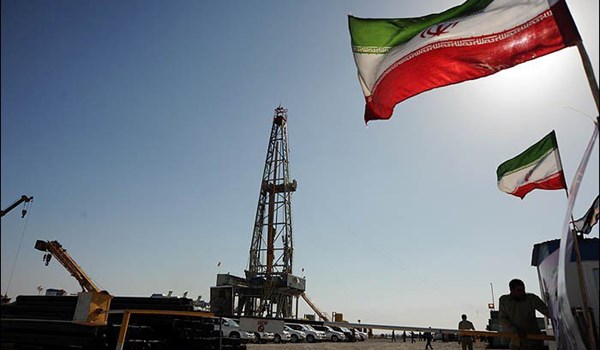


Codelco seeks restart at Chilean copper mine after collapse
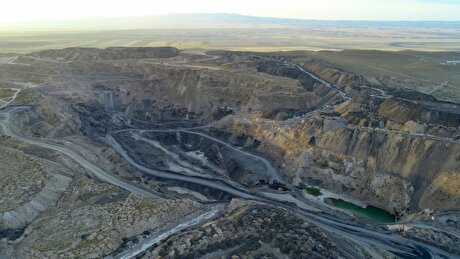
Uzbek gold miner said to eye $20 billion value in dual listing

Hudbay snags $600M investment for Arizona copper project
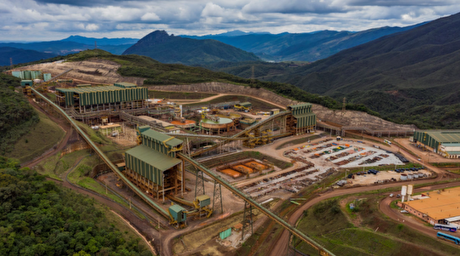
BHP, Vale offer $1.4 billion settlement in UK lawsuit over Brazil dam disaster, FT reports

Peabody–Anglo $3.8B coal deal on the brink after mine fire
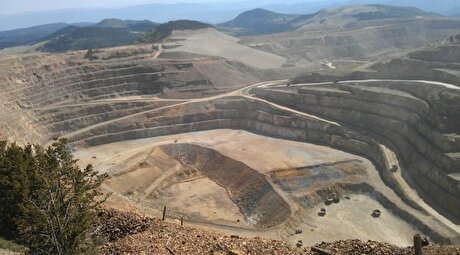
SSR Mining soars on Q2 earnings beat
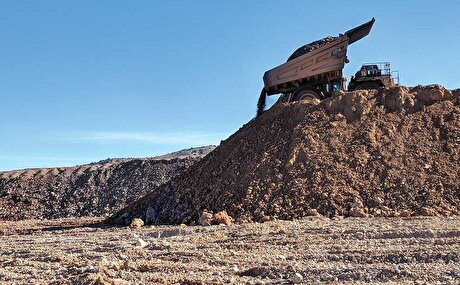
Minera Alamos buys Equinox’s Nevada assets for $115M

Century Aluminum to invest $50M in Mt. Holly smelter restart in South Carolina

A global market based on gold bars shudders on tariff threat
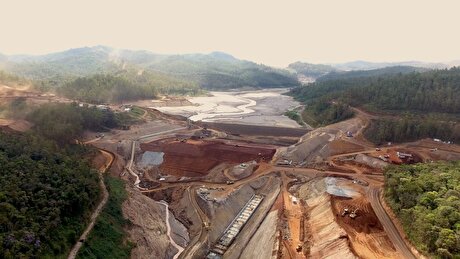
Samarco gets court approval to exit bankruptcy proceedings
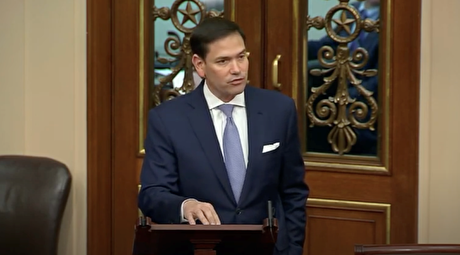
US eyes minerals cooperation in province home to Reko Diq
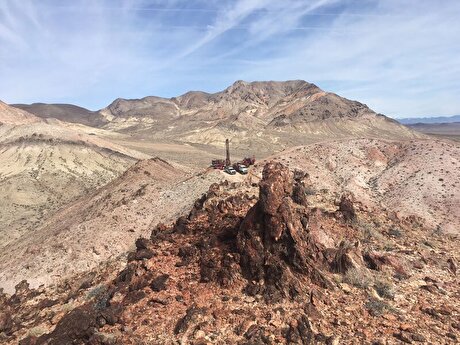
Allegiant Gold soars on 50% financing upsize
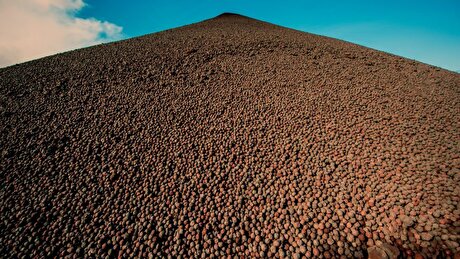
Explaining the iron ore grade shift

Metal markets hold steady as Trump-Putin meeting begins

Trump to offer Russia access to minerals for peace in Ukraine

Gemfields sells Fabergé luxury brand for $50 million

Gold price stays flat following July inflation data
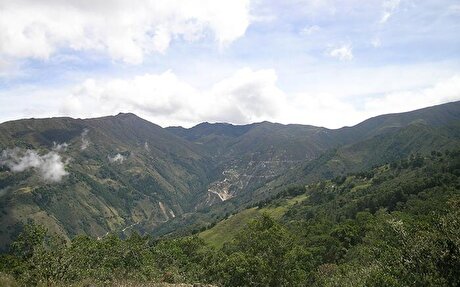
Eco Oro seeks annulment of tribunal damage ruling
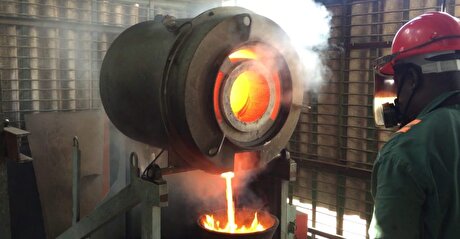
Zimbabwe labs overwhelmed as gold rally spurs exploration, miner says

Samarco gets court approval to exit bankruptcy proceedings

US eyes minerals cooperation in province home to Reko Diq

Allegiant Gold soars on 50% financing upsize

Explaining the iron ore grade shift

Metal markets hold steady as Trump-Putin meeting begins

Trump to offer Russia access to minerals for peace in Ukraine

Gemfields sells Fabergé luxury brand for $50 million

Gold price stays flat following July inflation data

Eco Oro seeks annulment of tribunal damage ruling














